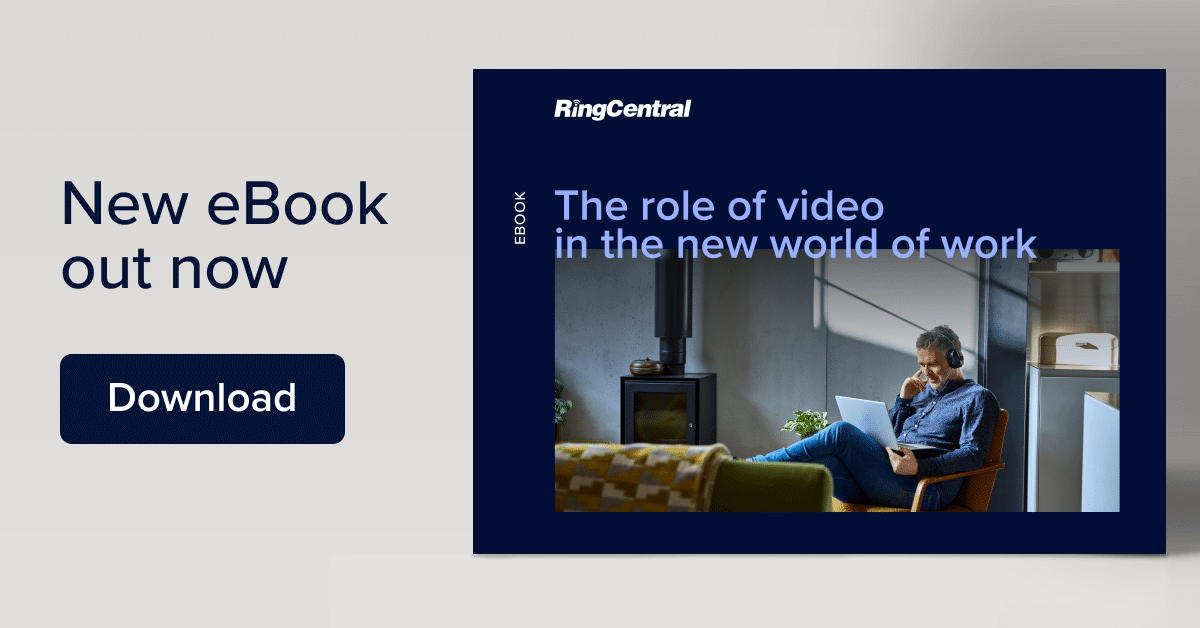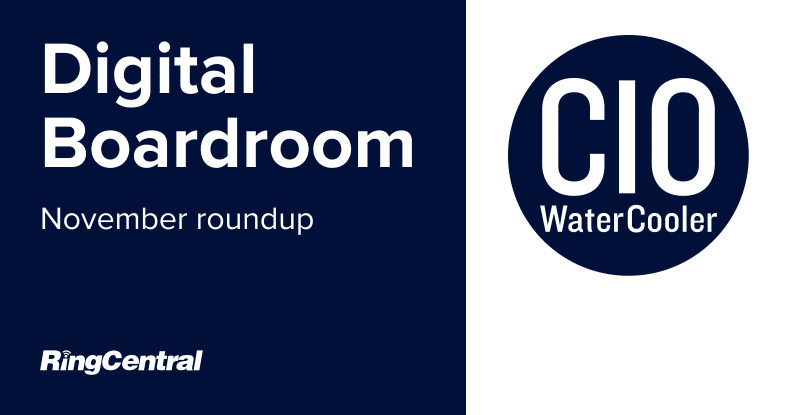Driving data, managing debt, and setting a strategy
The post-pandemic digital transformation is set to be about the ‘new’. Rejuvenation and renovation of the technology stack, new products and event-driven customer experiences will be a key focus for many businesses as we make our way into the hopefully greener pastures of 2021.
Last month’s Digital Boardroom session covered a range of topics on the agenda for today’s IT leader. Guiding us into the final throes of 2020 and on into the new year, we heard from some key industry leaders to get their valuable insights into challenges and opportunities for the IT managers in the coming months.
In November we heard from industry experts on the themes of digital transformation and how to map out IT strategy, enabling the event-driven enterprise and managing technical debt.
Dealing with technical debt to overcome corporate inertia
Technical debt is debt that arises from hidden residual costs of implementing, maintaining and upgrading tech solutions. Where implementation is expected to occur efficiently in order to reduce downtime, time pressure can result in lazy configuration, incomplete code and minimal customisation which can be costly further down the line. Predictable debts can accrue from physical assets such as servers, but even common challenges such as the rise of shadow IT can bring about more unforeseen costs that creep up at a later date.
Costs can be better foreseen and managed by first establishing the systems in place and analysing these to gain a deeper understanding, then classifying these against priorities and scheduling fixes to remedy any leaking costs that arise because of poor deployment for example.

Honing the IT strategy workshop
At a time when we all refer to things ‘going back to normal’, the IT leader’s agenda remains focused on progression and innovation. Often the key roadblocks for product discovery and design have been budget and the failure to form a compelling business case. Strategy workshops that pull in key internal stakeholders and external parties can help to bring innovative thinking and accelerate the decision-making process. At the discovery stage, leaders will need to deliver a complex discovery where possible to ensure the project doesn’t work over the foundations of fairly superfluous analytics. Service design, while time-intensive, should include rigorous research, benchmarking, and testing to ensure you build the best possible UX into the journey. Collaborating with external partners to help run your workshops can be a highly productive way to reach the end goal efficiently and remember to communicate openly throughout.
“As the leader, be ready to facilitate, because the internal team may feel uneasy, perhaps wondering if they’ll be replaced or marginalised. The CIO/CTO or product owner must be available for the entire project as a primary stakeholder to make sure it’s successful.”
Charles Fabian, CTO, City Wonders.
Enabling the event-driven enterprise
For certain industries such as aviation or financial services, an event-driven approach is a necessity, but organisations looking to future-proof need to consider what an event-driven architecture might mean for them. Combining data and architecture can present a huge opportunity for businesses to optimise real-time activities. Starting with the pain points, build a strategy alongside your stakeholders to establish an alignment with broader business goals and flesh out the ultimate customer journey. Buy-in from senior management is essential from the get-go as transformations can be costly and time-intensive.
To illustrate this, Emiliano Sorrenti, Chief Information and Technology Officer at Aeroporti di Roma, discussed his journey to making the airport one with the best customer satisfaction in Europe.
“Building storytelling for the future success of the company and its managers was an accelerator for the project.”
Emiliano Sorrenti, Chief Information and Technology Officer, Aeroporti di Roma.
That wraps up our top takeaways from November’s Digital Boardroom session. Get in touch with CIO Watercooler to catch some of the forthcoming sessions.
Originally published Dec 16, 2020, updated Jan 17, 2023
